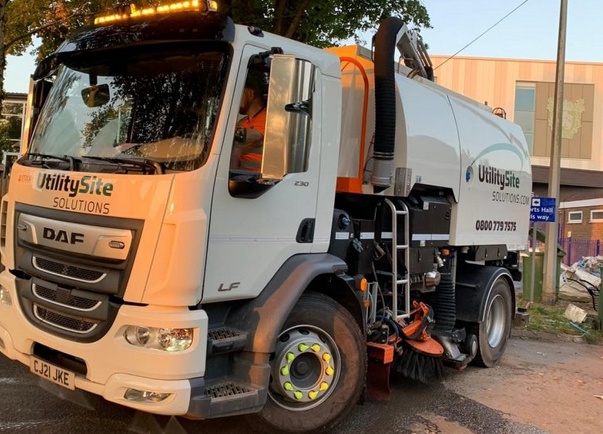In the realm of urban infrastructure, the efficient management of wastewater is a critical challenge. Gullies, or stormwater drains, play a pivotal role in preventing flooding by channeling rainwater away from streets and structures. However, the accumulation of debris, silt, and other pollutants in these gullies can lead to blockages, impeding their functionality. To address this issue, gully emptying vehicle have become indispensable in maintaining and preserving the functionality of drainage systems. This comprehensive guide explores the significance of gully emptying vehicles, their types, working mechanisms, and the pivotal role they play in urban sanitation.
Understanding the Importance of Gully Emptying Vehicles
-
Urban Drainage Challenges: Urban areas face constant challenges in managing stormwater and preventing flooding. Gullies are integral components of drainage systems designed to handle excess rainwater. However, they are prone to clogging due to accumulated debris and sediment, necessitating regular maintenance.
-
Preventing Flooding: Gully emptying vehicles are essential for preventing flooding in urban areas. By efficiently removing debris and sediment from gullies, these vehicles ensure that stormwater can flow freely, reducing the risk of waterlogging and property damage during heavy rainfall.
Types of Gully Emptying Vehicles
-
Vacuum Tankers: Vacuum tankers are the most common type of gully emptying vehicles. They utilize powerful vacuum systems to suction out debris and liquid from gullies. These vehicles are equipped with large storage tanks to hold the collected material, preventing contamination and allowing for safe disposal.
-
High-Pressure Jetting Vehicles: In addition to vacuum systems, high-pressure jetting vehicles are equipped with water jets to dislodge stubborn debris and sediment. The combination of vacuum suction and high-pressure water jets ensures thorough cleaning of gullies, improving the overall effectiveness of the maintenance process.
Working Mechanism of Gully Emptying Vehicles
-
Suction and Filtration: Gully emptying vehicles use suction hoses to extract debris and liquid from gullies. The suction mechanism creates a vacuum, pulling in materials into the vehicle's storage tank. Sophisticated filtration systems within the vehicle prevent the escape of harmful pollutants, ensuring that only clean water is released back into the drainage system.
-
High-Pressure Water Jets: High-pressure water jets are employed to dislodge compacted debris and sediment that may be resistant to suction alone. These water jets are strategically positioned to target hard-to-reach areas within gullies, providing a comprehensive cleaning solution.
Role of Gully Emptying Vehicles in Urban Sanitation
-
Preventing Environmental Pollution: Regular gully emptying using specialized vehicles is instrumental in preventing environmental pollution. By removing pollutants and preventing blockages, these vehicles contribute to the protection of water bodies and ecosystems.
-
Ensuring Public Health and Safety: Blocked gullies can lead to stagnant water, becoming breeding grounds for disease vectors such as mosquitoes. Gully emptying vehicles play a crucial role in maintaining public health by preventing the formation of stagnant water and reducing the risk of waterborne diseases.
-
Preserving Infrastructure Integrity: Unattended blockages in gullies can compromise the structural integrity of roads and pavements. Gully emptying vehicles help preserve the longevity of urban infrastructure by preventing water damage and erosion caused by inadequate drainage.
Challenges and Innovations in Gully Emptying Technology
-
Accessibility and Maneuverability: One challenge in gully emptying operations is the accessibility of narrow and congested urban areas. Innovations in vehicle design, such as compact and maneuverable models, address this issue, allowing for efficient gully maintenance in tight spaces.
-
Automation and Remote Operation: Advancements in automation technology have led to the development of gully emptying vehicles that can be operated remotely. This not only enhances operator safety but also allows for precise control in challenging environments.
Conclusion
In the complex tapestry of urban infrastructure, gully emptying vehicles emerge as unsung heroes, ensuring the seamless functioning of drainage systems. These vehicles, through their innovative designs and powerful mechanisms, play a pivotal role in mitigating the challenges posed by clogged gullies. By preventing flooding, preserving public health, and safeguarding urban infrastructure, gully emptying vehicles contribute significantly to the overall well-being of urban environments. As technology continues to evolve, the future promises even more efficient and sustainable solutions for gully maintenance, reaffirming the critical importance of these vehicles in the domain of urban sanitation.


No comments yet